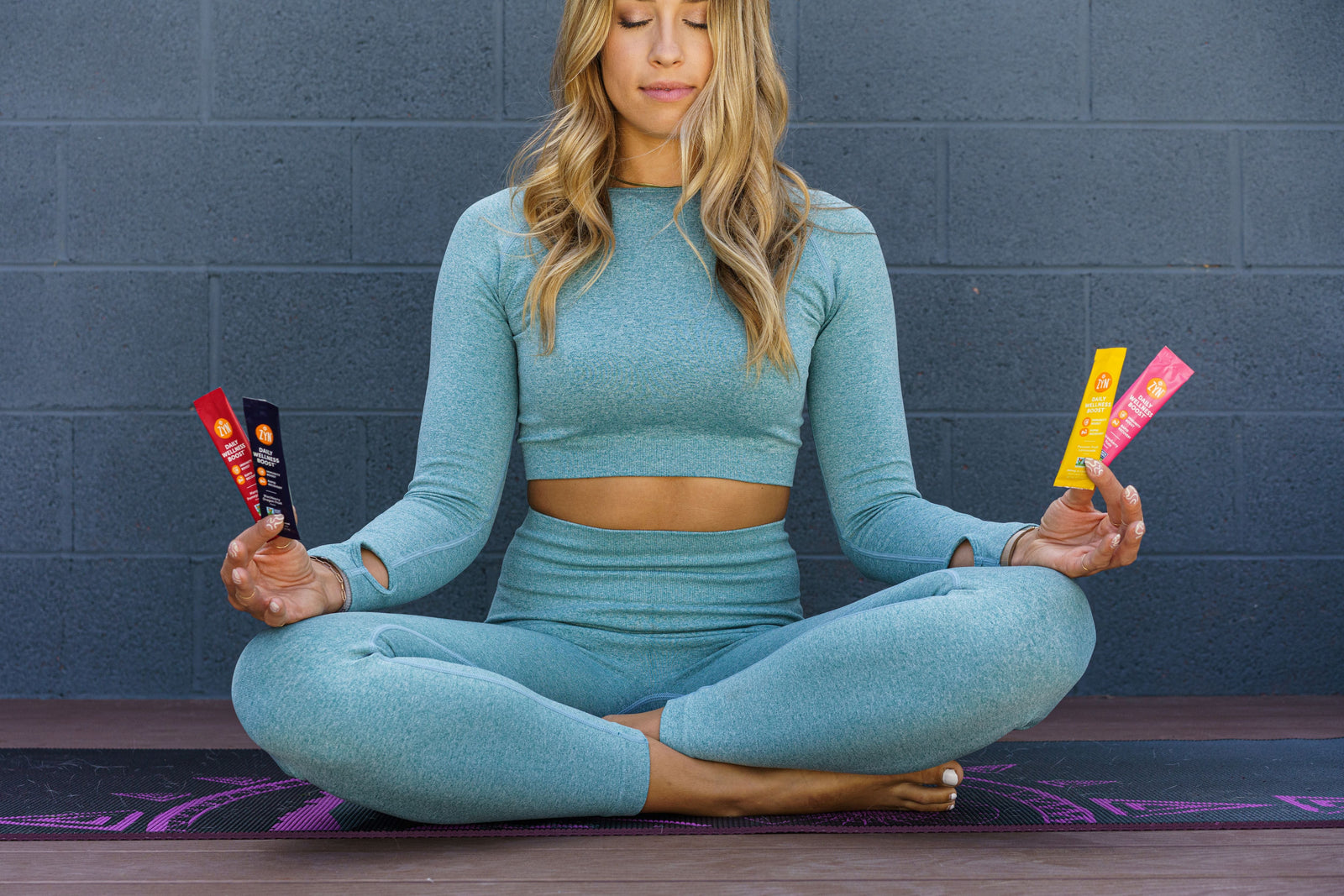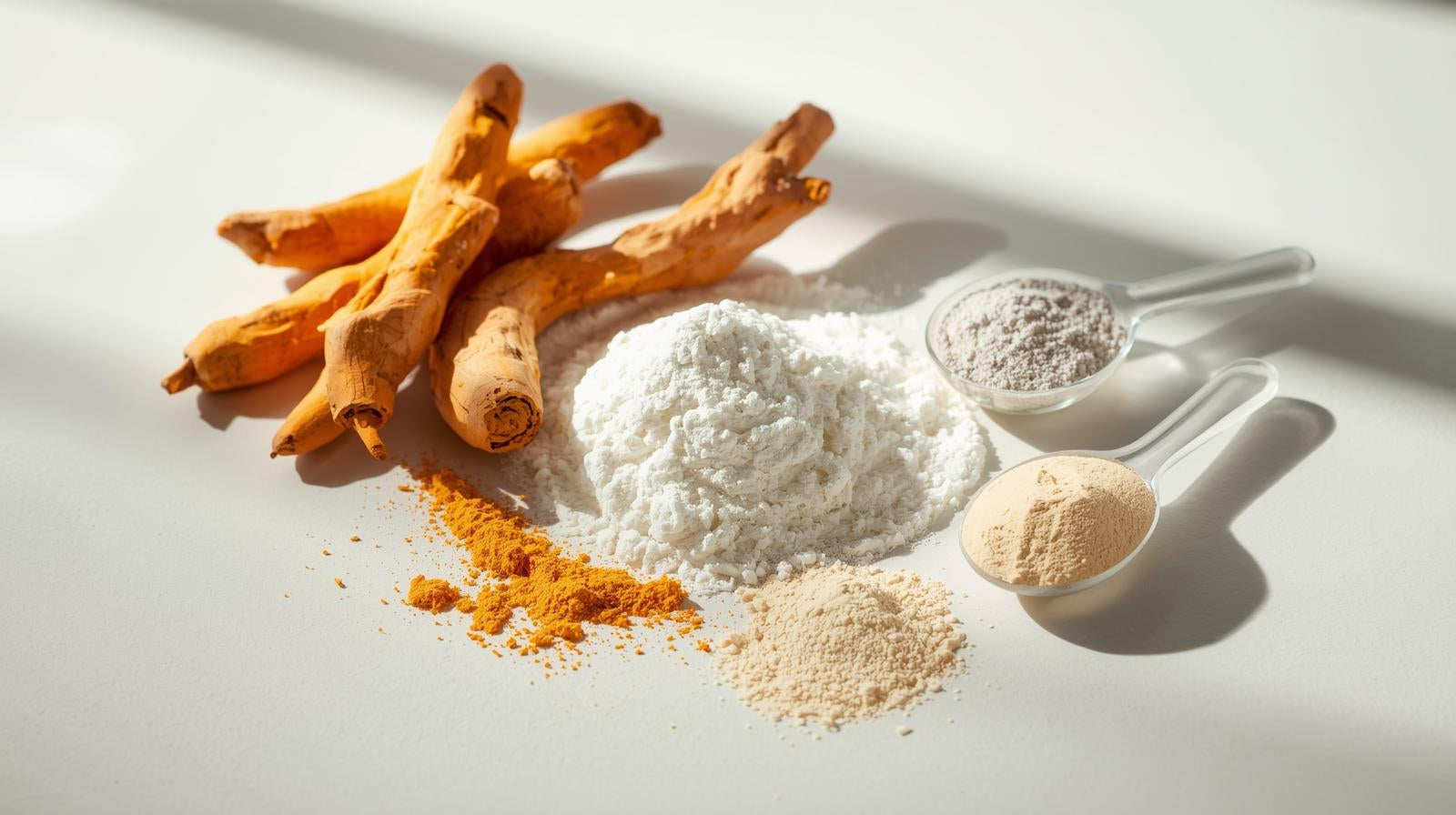If you’re an athlete or an active person, you know the importance of stretching for muscle and body recovery. But that doesn’t mean you always do it… no shame! However, there are many good reasons to work stretching into your post-workout routine.
The top of that list is quick recovery for peak performance. The other top reason to stretch after working out is to avoid injury. Stretching also helps:
- Increase flexibility
- Increase mobility
- Improve blood flow
All of these work together to help you recover faster.
So, which stretches should you be doing after your workout?
Stretches to Do After a Workout
Post-workout stretches should focus on your full body. Or, at the very least, the muscle area you were targeting in your workout or activity. There are two forms of stretching: dynamic and static. There is room for both types in a workout routine.
Dynamic stretching
Dynamic stretching involves movement. This form of stretching is usually done in a warm-up, rather than post-workout. Dynamic stretches:
- Improve range of motion
- Activate muscles
- Increase body awareness
It's an active process where you move your joints and muscles through their full range of motion in a controlled manner. An example of dynamic stretching might be font-to-back leg swings or side-to-side leg swings.
Static stretching
Most of us probably think of static stretches when we hear the word “stretching.”
Static stretching involves extending a muscle to its fullest length and then holding that position for a period of time. Unlike dynamic stretching, static stretching is performed while the body is at rest. Static stretches:
- Improve flexibility and range of motion
- Reduce muscle tension
-
Help with relaxation andpost-workout recovery
Static stretching is most effective when done after exercising, as part of a cool-down routine, because muscles are more pliable and less prone to injury when they are warm. Remember to stretch both sides of the body equally and to breathe deeply and consistently during each stretch.
Some of thebest stretches for muscle recovery include:
Lower body stretches:
- Hamstring stretch
- Quadriceps stretch
- Calf stretch
- Hip flexor stretch
- Lower back stretch
Upper body stretches:
- Shoulder stretch
- Triceps stretch
- Wrist stretch
Gentle full-body stretches:
- Cat-cow stretch
- Child’s pose
- Other gentle yoga poses
You may haveother go-to stretches that feel good for you, whether that’s post-run or weight lifting. The goal is to always stretch your body to recover well and recover as quickly as possible.
Recovery Stretching for Women vs Men Athletes
In general, the basic principles of stretching apply to men, women, everyone. However, there are a few considerations to keep in mind:
Flexibility
Women tend to be more flexible than men due to physiological differences in muscle and connective tissue composition. This means that some women might be able to stretch further into certain positions more easily than men. It's important for each individual to be aware of their own flexibility limits and not overstretch, which can lead to injury.
Hormones
Women experience hormonal fluctuations throughout their menstrual cycle that can affect their ligaments and tendons, potentially increasing their flexibility at certain times. This increased laxity can also increase the risk of injury if you’re not careful.
Muscle mass & strength
Men typically have greater muscle mass and strength, which can affect how their muscles respond to stretching. Men might need to spend more time on stretching to achieve the same level of flexibility as women.
Body composition & shape
The differences in body composition and shape between men and women can influence how certain stretches are performed. For example, someone with larger hips might find some hip stretches easier or more comfortable, while another might struggle with the same stretches due to their narrower hips.
Specific needs
Both men and women might have specific stretching needs based on their activities and sports. Someone who does a lot of running may need to focus more on hip and leg stretches, while someone else who does weightlifting might need to focus more on shoulder and chest stretches.
Despite some differences, the key to effective stretching is the same for everyone:
- Go slow
- Focus on your form
- Listen to your body – avoid overstretching or injury
All people should aim for a balanced stretching routine that addresses all major muscle groups.
The other crucial piece to your recovery ishydration. Don’t forget to drink your water and replace the electrolytes you burnt off during your workout!
Move. Stretch. Hydrate. Repeat.





